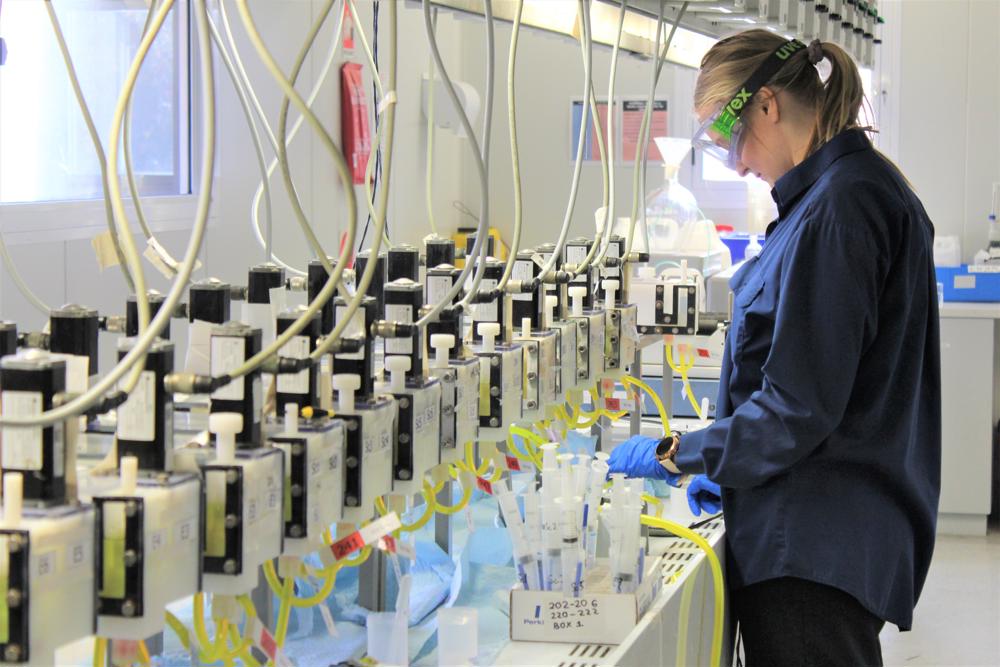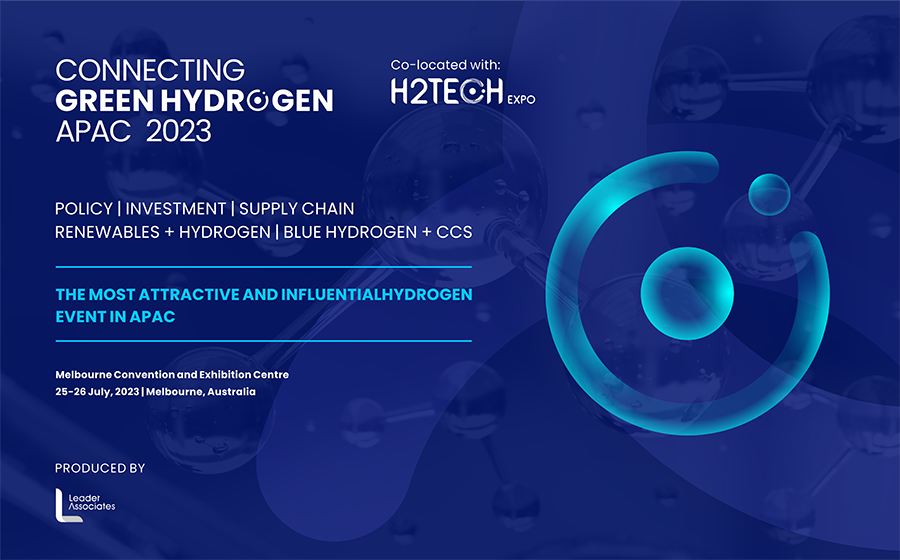
A new Curtin University-created database of electron-molecule reactions is a significant step forward in making nuclear fusion power a reality, by allowing researchers to accurately model plasmas containing molecular hydrogen.
The Curtin study, published in the Atomic Data and Nuclear Data Tables journal, is supplying data to the International Thermonuclear Experimental Reactor (ITER) – one of the largest scientific projects in the world aimed at developing fusion technology for electricity production on Earth.
Lead researcher, PhD candidate and Forrest Scholar Liam Scarlett from the Theoretical Physics Group in Curtin’s School of Electrical Engineering, Computing and Mathematical Sciences said his calculations and the resulting collision database will play a crucial role in the development of fusion technology.
“Our electron-molecule collision modelling is an exciting step in the global push to develop fusion power – a new, clean electricity source. Fusion is the nuclear reaction which occurs when atoms collide and fuse together, releasing huge amounts of energy. This process is what powers the Sun, and recreating it on Earth requires detailed knowledge of the different types of collisions which take place in the fusion plasma – that’s where my research comes in,” Mr Scarlett commented.
Mr Scarlett detailed that the researchers developed mathematical models and computer codes, and utilised the Perth-based Pawsey Supercomputing Centre to calculate the probabilities of different reactions taking place during collisions with molecules.
“The molecules we looked at here are those which are formed from atoms of hydrogen and its isotopes, as they play an important role in fusion reactors,” he shared.
“Until now the available data was incomplete, however, our molecular collision modelling has produced an accurate and comprehensive database of more than 60,000 electron-molecule reaction probabilities which, for the first time, has allowed a team in Germany to create an accurate model for molecular hydrogen in the ITER plasma.”
“This is significant because their model will be used to predict how the plasma will radiate, leading to a better understanding of the plasma physics, and the development of diagnostic tools which are vital for controlling the fusion reaction.”
The research project was funded by the United States Air Force Office of Scientific Research as part of an international research endeavour to harness fusion power as a future energy source.
Research supervisor and co-author Professor Dmitry Fursa, from Curtin’s School of Electrical Engineering, Computing and Mathematical Sciences, said fusion power is attractive due to its virtually unlimited fuel supply (hydrogen) and the lack of long-lived radioactive waste or carbon emissions.
“Fusion is one of the biggest projects in the world right now. You can harness an enormous amount of energy from the reaction that occurs when you take hydrogen atoms and fuse them together,” Professor Fursa said.
“This new and comprehensive electron-molecule collision modelling has provided a solid basis for other researchers to continue their work into developing an efficient reactor to re-create the Sun’s fusion process here on Earth.”
The full research paper, Complete collision data set for electrons scattering on molecular hydrogen and its isotopologues, published in Atomic Data and Nuclear Data Tables, is available online here.
The paper was written in collaboration with researchers at Los Alamos National Laboratory and the National Institute of Standards and Technology in the USA.
Funding sources for the research include: the United States Air Force Office of Scientific Research, Los Alamos National Laboratory, and the Australian and Western Australian Governments.












